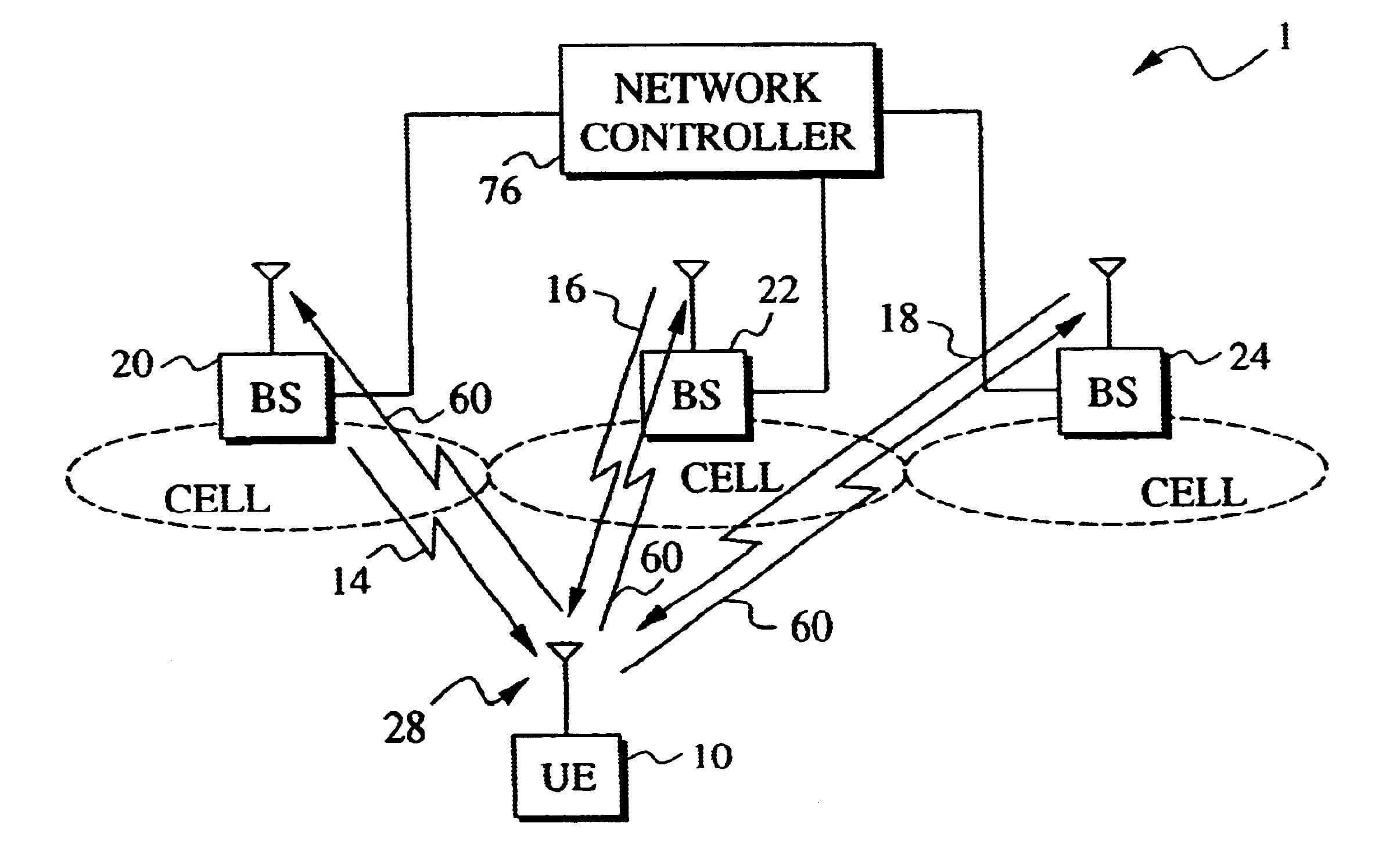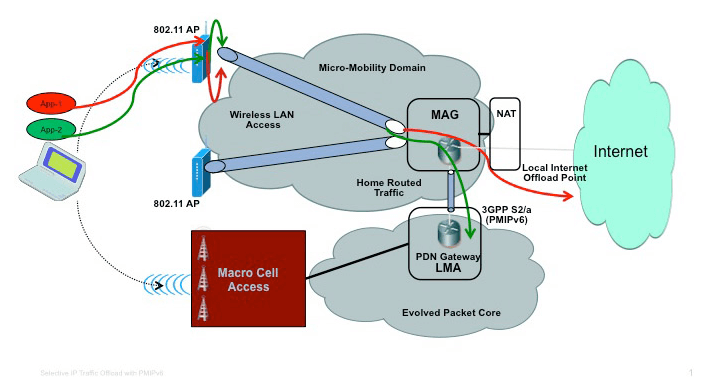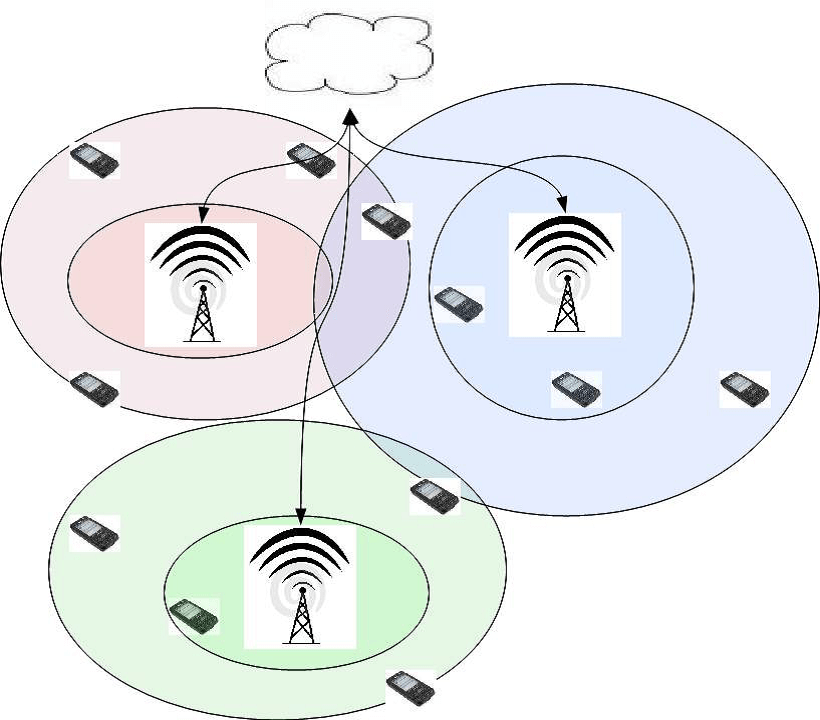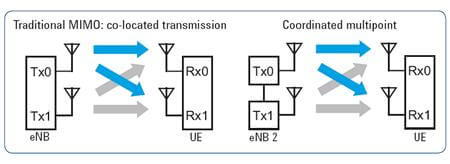If we track the evolution of wireless technologies, cooperation (as a way of improving network capacity and performance) stands out as one of the key movers of this evolution. The earliest analog networks were strictly unimodal. Individual network nodes (cell stations) had rigidly defined boundaries of coverage with dedicated, pre-determined resources (primarily bandwidth) with which they serviced individual users. Movement of users from one network node to the other was a strictly binary service without any coordinated action between the two network nodes; the one from which the user was moving and the one to which the network moved. This trend carried on into the first and second generation digital networks: GSM and GPRS. Subsequently, network utilization started trending upward, putting pressure on operators to extract the maximum performance out of a network. This led to the realization that such rigidly defined boundaries of operations between different network nodes hindered the efficiency of resource usage.

Evolution
It’s tough to pinpoint the exact moment when cooperative networking became an actual design goal for network designers and operators. However, there were a few clear developments which made individual elements of cooperative networking practical.
It’s safe to say that WCDMA (which was adopted around the turn of the century for multiple 3rd generation cellular networking standards) was probably the first widely-used radio access method which incorporated elements of cooperation. The primary driver of this was the nature of WCDMA. Instead of using hard boundaries in spectrum (FDMA) and timing (TDMA), it essentially uses a soft resource, such as power. While earlier technologies had rigidly defined cell boundaries, dictated by timing correction capability and incapable of change, WCDMA cells fluidly shift in size based on power, interference and load, and they can have considerable overlap. This allows for implicit cooperation such as load-sharing, network assisted handover, and more.
Explicit cooperation was incorporated in WiMAX and then carried on in LTE in the form of an actual interface for communication between radio network nodes. While WiMAX had left the X2 interface undefined, LTE defined the IuR interface and it is now a standard component in RNCs. Further, LTE has defined a combined eNodeB and RNS tree-like hierarchy, which allows a single controller in the RNS to coordinate between multiple eNodeBs; acting as a conduit for cooperation between them.
Current Realizations
As of today, there are at least two applications in common deployment and usage which are realizations of both intra- and inter- network cooperation. They are as follows:
3G: WCDMA Soft Handover, Or Softer Handover
Soft handover, or softer handover as it is often called, is a technique used in WCDMA to allow smooth, seamless handover in cell-edges. Softer handover allows a single UE to be serviced by two completely separate cells. In some cases, these cells are operated by different node-Bs from the same or different RNCs. What makes softer handover unique is that the two received signals (the UE only transmits one signal, but it is received by multiple node-Bs) can be combined to create a strengthened signal. This can yield significant gain in signal quality, especially in cell-edge situations where interference is high.
Soft handover has several unique requirements, which impact both the node-B and the UE. Specifically, the power control must be managed so as to mitigate interference in surrounding cells. But it provides significant performance and capacity gains in tight urban geometries, and has thus become standard in WCDMA networks deployed worldwide.
Cellular-WiFi Interworking
A second, increasingly ubiquitous example of cooperative networking is cellular-WiFi interworking. From its initial deployment as an intra-building local area networking technology, Wireless LAN (IEEE 802.11) has made rapid strides and is now the go-to technology in terms of local area, high throughput wireless connectivity, capable of handling dense user scenarios and high bandwidth data transfers, scaling well from individual deployment, to hundreds of access points in a given area. Because WLAN operates almost exclusively in the unlicensed band, the cost of spectrum and per-bit communication is very cheap. Therefore, WLAN clients are everywhere; in laptops and increasingly in mobile phones, which have also emerged as large scale consumers of Internet data.
Cellular-WiFi interworking started off as a way to take commercially unviable traffic off of the overcrowded cellular spectrum and onto Wireless LAN systems. This saved a lot of traffic as well as the load on access nodes and the core network. The idea came about due to the realization that most Internet accessed traffic was:
a.) commercially unremunerative to charge a customer a sufficient fee for
b.) simply did not need the security and other network value-adds that the cellular core network was designed to provide
In addition, cellular network operators didn’t want their users to have a bad experience while surfing the web, so they improved their networks to handle roaming, mobility and link failure scenarios.
Over the last few years, cellular WiFi interworking has been developed from the initial laissez-faire approach (where the user manually switches) to combined authentication support, to modern methods such as LIPA and SIPTO, which allows a running IP connection to be retained as the UE moves between networks.
Future Applications
There are several upcoming applications which will utilize cooperative network in a big way over the next 5-10 years. Here’s a breakdown of what we expect to see:
Self Optimizing Networks
The idea behind self-optimizing networks (SON) is to constantly adjust the operation of the network by changing the configuration and/or operation of individual nodes in the network, so as to adapt to the changing load and other network-wide parameters. SON actions started off as simple things such as network node-autoconfiguration, but has since evolved into things like dynamic load management, interference management (eICIC in LTE parlance, now the subject of standardization), handover optimization, and more. The first generation of SON uses an external controller to enforce cooperation by collecting/collating data, then reconfiguring the entire network. Subsequent generations will become more advanced and utilize distributed SON algorithms (more information can be found here and here) whereby network nodes will automatically coordinate with their ‘neighbors’ to discover local and global network phenomena. Subsequently, they’ll reconfigure themselves to adapt to new situations.
Coordinated MultiPoint
Coordinated MultiPoint (CoMP) is an exciting new technology that’s being standardized in LTE Rel.11 and 12 and will soon make its way to other cellular networks (if you’ve studied the WiMAX specifications, you’ll be more familiar with the terms FBSS and Macro-Diversity). CoMP is an extension of MIMO, which is becoming mainstream both in WLAN and increasingly in HSPA and LTE systems. CoMP increases the number of antennae available by having multiple network nodes act as a single node for a limited duration of time.
The simplest example of this is DL-CoMP, where two networks nodes (eNodeBs) with two transmit antennae each, transmit simultaneously to the same endpoint with two antenna (or pair of endpoints, each which has two antennae). This turns a possibly 2×2 transmission (single transmit node to single UE) into a 4×2 transmission (2 transmit nodes to the same UE), or two simultaneous 4×4 transmissions (2 transmit nodes simultaneously transmitting to 2 UEs).
Obviously, there are enormous challenges to the successful implementation of coordinated multipoint. The top are:
- Tight time synchronization between the two transmitting nodes
- The distributed scheduling algorithm required, so that two separate nodes make the decision to invoke CoMP at the same time
- The ability of the receiver to handle the MAI issues caused by simultaneous transmission over different data streams (specific to the 4×4 transmission case)
- UE feedback to multiple transmitters simultaneously, so as to allow the correct choice of MIMO parameters
Underlying Technologies Needed for Cooperative Networking
Cooperative networking technologies have the potential to disrupt the status quo for wireless communications. However, in order to successfully understand and utilize them, OEMs and component manufacturers need to understand some of the key unifying frameworks around which these technologies will be based. That’s where HSC comes in!
Leveraging Internet Protocol
In the early 2000s, IP created the initial wave of convergence – separate voice and data networks fused together to become one, starting first from the core and subsequently moving to the access. Today, this process is virtually complete and nearly 100% of the world’s traffic runs on a unified IP backbone. Looking ahead, the process of inter-network coordination and communication is going to happen at the IP level – the seamless migration of IP addresses across links, the use of DSIM for dual-hosting IP addresses, are just a few examples. HSC has a very strong background on IP and networking stacks, especially on the Linux, FreeBSD and Android platforms. We work with third party protocol stacks to seamlessly incorporate the stacks into an augmented IP layer which handle all the IP interworking needs.
Integrated Measurements Framework
One crucial challenge for the deployment of cooperating networks is the need to have robust and meaningful measurement frameworks spanning networks and technologies. This involves both the basic collection framework, as well as mechanisms for comparing and weighting measurements meaningfully, again, across technologies. Due to the rapid expansion of multiple-antenna solutions, measurements must be able to take into account spatial multiplexing, beam-forming and multi-access interference scenarios. Thanks to the cloud, deploying a pan-network measurements collection system is easy – however, processing and visualization still has its own peculiar challenges.
HSC is actively working with multiple leading customers to help them extend their wireless measurements, reporting, collection and modeling framework. HSC’s experience ranges from Cloud SON solutions for WLAN networks, to cellular -WiFi handover detection techniques. We are currently working on measurements for coordinated multipoint and MAI environments for large bandwidth OFDM systems.
SIP & Multimedia Adaptation In Cooperating Networks
In modern cooperative networks, the application is not a passive entity – rather, it actively engages with the underlying transport to assist network entities in maximizing customer value. While measurements reveal raw data at the link level, the application also has to understand the state of the network and adapt correspondingly.
HSC has considerable experience in developing network-adaptive audio and video stacks, including signaling via SIP, as well as media quality monitoring and adaptation. We have demonstrated seamless video calling over dual mode cellular+WLAN networks on standard Android platforms.
Cooperative networking is a fundamental change to network design that will impact all network nodes. If correctly implemented, it can bring an order of magnitude improvement to key network parameters, such as user experience, capacity and efficiency. The latter is especially important, given the tremendous pressure on spectrum. As is evident from the above, cooperative networking principles span technologies and application domains. Coming advances in network node design and manufacture will enable exciting new applications leveraging cooperation as a key principle of network design.
HSC is actively working with partners and customers to develop enablers and technology for this exciting new network paradigm!

Product Engineering Services Customized software development services for diverse domains
Quality Assurance End-to-end quality assurance and testing services
Managed Services Achieve scalability, operational efficiency and business continuity
Technology Consulting & Architecture Leverage the extensive knowledge of our Domain Experts








